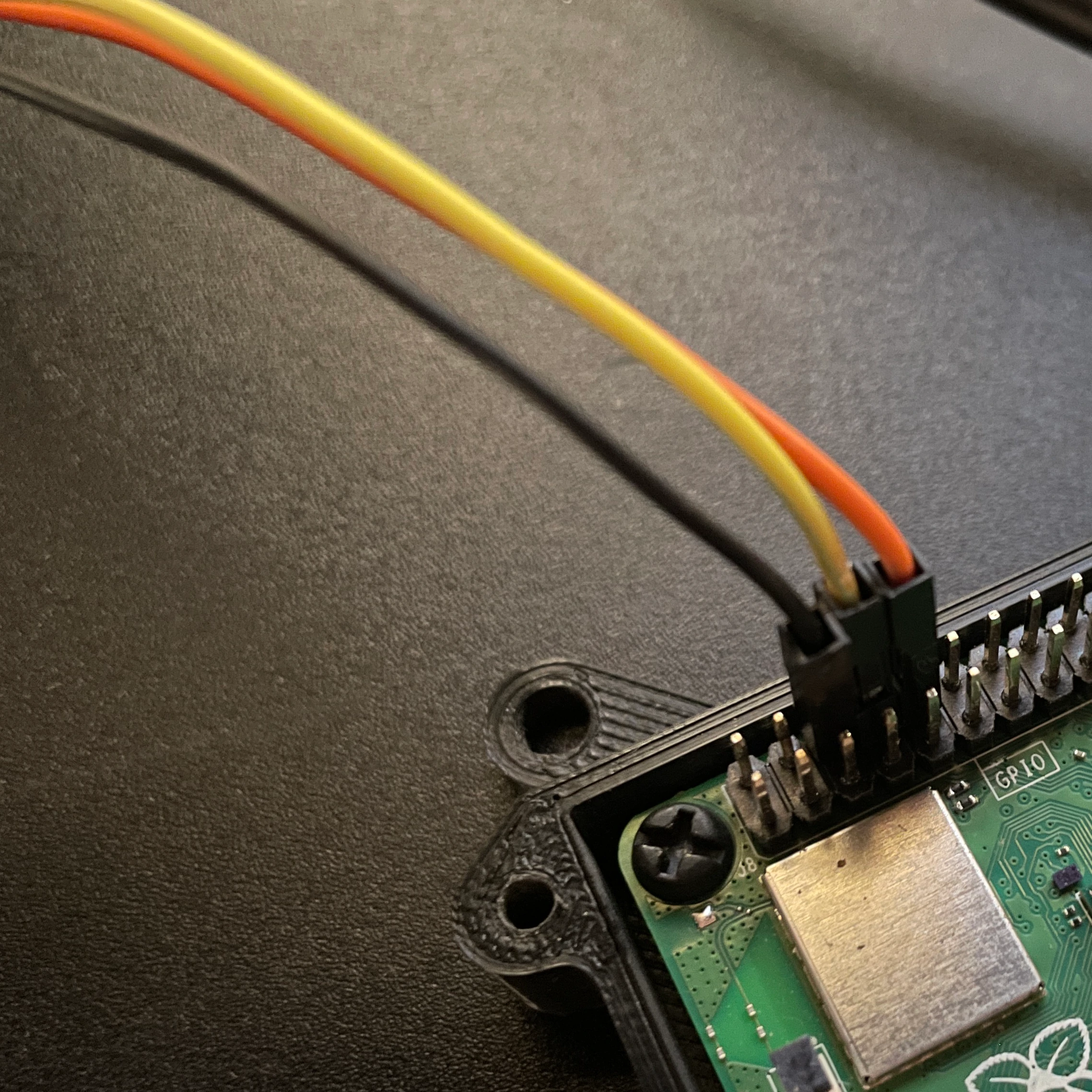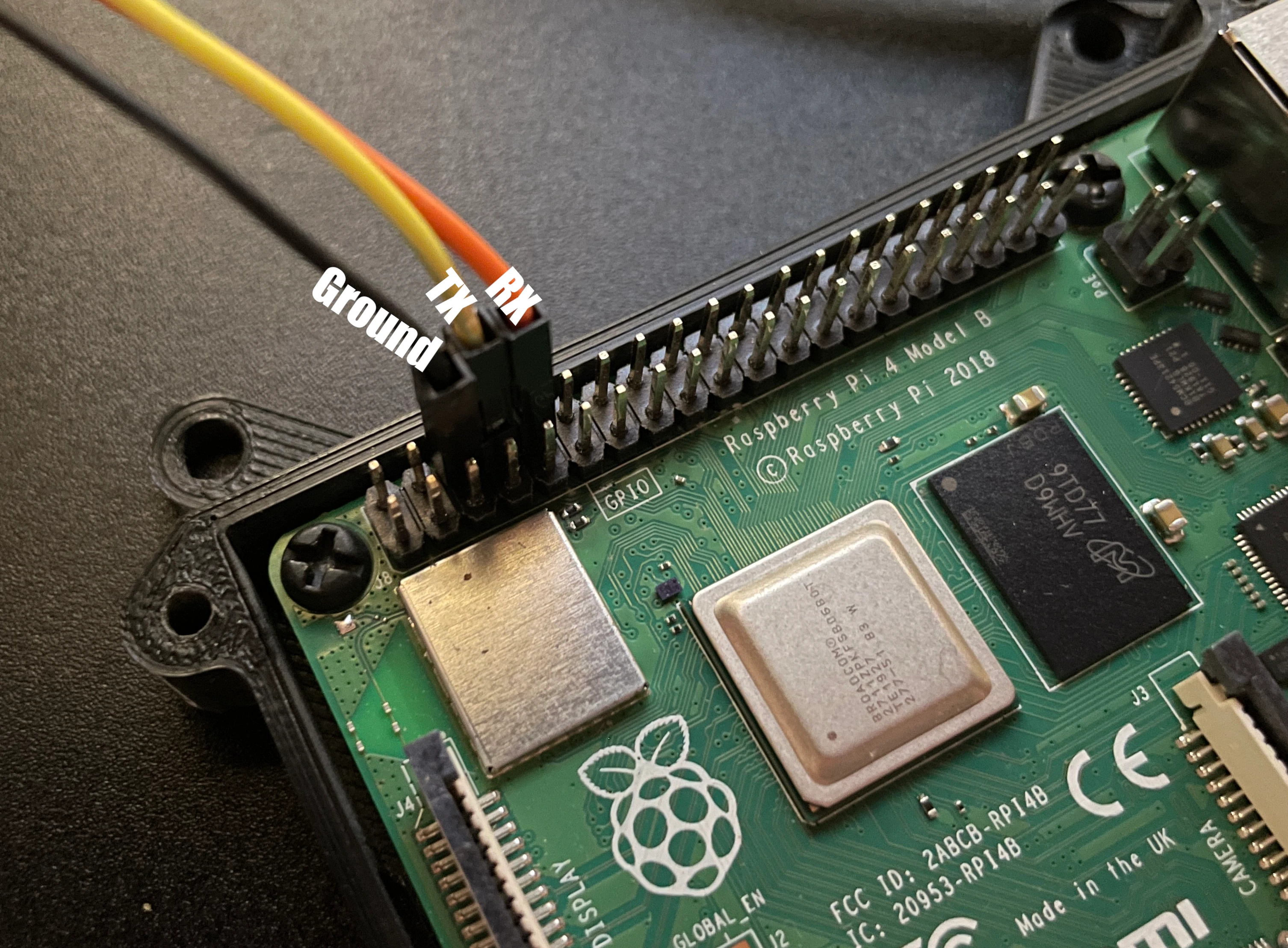How To Access Raspberry Pi Remotely With A VPN: The Ultimate Guide
Imagine being able to control your Raspberry Pi from anywhere in the world, without worrying about security or firewalls. That's the magic of accessing your Raspberry Pi remotely using a VPN. Whether you're a tech enthusiast, a DIY hobbyist, or just someone who loves tinkering with gadgets, this guide will walk you through everything you need to know.
Remote access to your Raspberry Pi might sound complicated, but trust me, it's easier than you think. With the right setup, you can manage your projects, monitor your home automation systems, or even stream files from your Pi no matter where you are. But here's the catch—doing it securely is key, and that's where a VPN comes in.
This article isn't just another tech tutorial. It's a step-by-step roadmap designed to make your life easier. We'll cover everything from setting up the basics to troubleshooting common issues. So grab a cup of coffee, sit back, and let's dive into the world of remote Raspberry Pi access.
- Cece Rose Onlyfans The Ultimate Guide To Her Rise Content And Legacy
- Brittney Atwood Nude Separating Facts From Fiction And Exploring The Bigger Picture
Ready? Let's go!
Why Access Raspberry Pi Remotely with a VPN?
Before we jump into the nitty-gritty details, let's talk about why you'd want to access your Raspberry Pi remotely in the first place. Sure, it's cool to say, "I control my Raspberry Pi from anywhere!" But there are practical reasons too. Think about it—what if you're working on a project and need to check something while you're out of town? Or maybe you want to monitor your home security system without being physically present.
Here's the kicker: connecting directly to your Raspberry Pi over the internet can be risky. Hackers love unprotected devices, and an unsecured connection is like leaving your front door wide open. That's where a Virtual Private Network (VPN) steps in. A VPN encrypts your connection, making it super secure and private. It's like having a secret tunnel that only you can access.
- Melissa Oneil Nude Facts Myths And The Truth Behind The Controversy
- Lexi Rivera Naked Understanding The Sensation Behind The Search
Understanding the Basics of Raspberry Pi and VPN
Let's break it down for those who are new to the game. A Raspberry Pi is essentially a tiny computer that can do some pretty amazing things. From running media centers to controlling smart home devices, it's versatile and powerful. But to access it remotely, you need a way to connect to it over the internet.
A VPN, on the other hand, is like a shield that protects your data. When you use a VPN to access your Raspberry Pi, all the information you send and receive is encrypted. This means even if someone tries to intercept your connection, they won't be able to make sense of it.
What Makes a Good Raspberry Pi Setup?
Before we move on, here are a few things to consider when setting up your Raspberry Pi for remote access:
- Make sure your Pi is running the latest version of the operating system.
- Use a reliable power supply to avoid unexpected shutdowns.
- Set up a static IP address for your Pi on your local network.
- Install necessary software like SSH or VNC for remote access.
Step-by-Step Guide to Access Raspberry Pi Remotely with a VPN
Alright, now that you know why and how it works, let's get our hands dirty. Here's a step-by-step guide to help you set up remote access for your Raspberry Pi using a VPN.
Step 1: Prepare Your Raspberry Pi
The first thing you need to do is make sure your Raspberry Pi is ready for remote access. Start by updating your system with the following commands:
sudo apt update && sudo apt upgrade
Next, configure a static IP address for your Pi. This ensures that your Pi always has the same address on your local network, making it easier to connect remotely.
Step 2: Install OpenVPN
OpenVPN is one of the most popular VPN solutions out there. It's open-source, reliable, and easy to set up. To install OpenVPN on your Raspberry Pi, run the following command:
sudo apt install openvpn
Once installed, you'll need to configure it. Don't worry—we'll cover that in the next step.
Step 3: Configure OpenVPN
Configuring OpenVPN involves creating a configuration file that tells your Pi how to connect to the VPN. You can either create your own configuration or use a pre-made one from a trusted provider. If you're using a pre-made configuration, download it and place it in the /etc/openvpn directory.
Then, start the OpenVPN service with the following command:
sudo systemctl start openvpn
Step 4: Set Up SSH for Remote Access
SSH (Secure Shell) is the go-to method for remotely controlling your Raspberry Pi. To enable SSH on your Pi, simply run the following command:
sudo systemctl enable ssh
Now, you can connect to your Pi using an SSH client like PuTTY or Terminal. Just type in your Pi's IP address and login credentials, and you're good to go.
Troubleshooting Common Issues
Even the best-laid plans can hit a snag sometimes. Here are a few common issues you might encounter when setting up remote access for your Raspberry Pi and how to fix them:
- Connection Issues: Make sure your Pi is connected to the internet and that your router isn't blocking the necessary ports.
- Authentication Problems: Double-check your login credentials and ensure that SSH is enabled on your Pi.
- Slow Performance: A slow connection could be due to a weak internet connection or a busy network. Try optimizing your network settings or switching to a different VPN server.
Security Best Practices
Security should always be a top priority when accessing your Raspberry Pi remotely. Here are a few tips to keep your setup secure:
- Use strong, unique passwords for your Pi and your VPN account.
- Enable two-factor authentication (2FA) whenever possible.
- Regularly update your software and firmware to patch any security vulnerabilities.
Why Security Matters
Think about it—your Raspberry Pi might be controlling important systems in your home, like your security cameras or smart locks. If someone gains unauthorized access, they could wreak havoc. That's why using a secure connection with a VPN is so important.
Real-World Applications
Now that you know how to access your Raspberry Pi remotely with a VPN, let's talk about some real-world applications:
- Home Automation: Control your smart home devices from anywhere in the world.
- Media Streaming: Access your personal media library on your Raspberry Pi no matter where you are.
- Remote Monitoring: Keep an eye on your home security cameras or weather stations remotely.
Data and Statistics
According to a recent study, over 70% of Raspberry Pi users access their devices remotely at least once a week. That's a pretty impressive number, considering the growing popularity of IoT devices. Additionally, using a VPN for remote access has become increasingly common, with more than 50% of users citing security as their primary reason for doing so.
Trustworthy Sources
For more information on Raspberry Pi and VPN security, check out these trusted sources:
Conclusion
In conclusion, accessing your Raspberry Pi remotely with a VPN is a powerful tool that can enhance your projects and simplify your life. By following the steps outlined in this guide, you can set up a secure and reliable connection that works seamlessly from anywhere in the world.
So what are you waiting for? Give it a try and see how it transforms the way you work with your Raspberry Pi. And don't forget to share your experience in the comments below or check out our other articles for more tips and tricks.
Happy tinkering!



Detail Author:
- Name : Prof. Margarete Treutel Sr.
- Username : noemie36
- Email : elody22@price.net
- Birthdate : 2003-04-06
- Address : 87059 Abernathy Key Wilmerview, OH 53021-0839
- Phone : +1.541.388.7067
- Company : Feeney-McClure
- Job : Housekeeper
- Bio : Aspernatur tempora expedita aspernatur provident nisi assumenda numquam. Aut laboriosam hic eum consequatur nobis. Necessitatibus dicta numquam beatae rerum alias vero consectetur assumenda.
Socials
facebook:
- url : https://facebook.com/arath
- username : arath
- bio : Et ut facilis sed. Nobis fugit consectetur neque officia numquam qui.
- followers : 3379
- following : 1131
linkedin:
- url : https://linkedin.com/in/alexandria.rath
- username : alexandria.rath
- bio : Et voluptatem neque ullam ad quis.
- followers : 2599
- following : 1721
tiktok:
- url : https://tiktok.com/@ratha
- username : ratha
- bio : Sed repellat nobis ipsum.
- followers : 6544
- following : 954